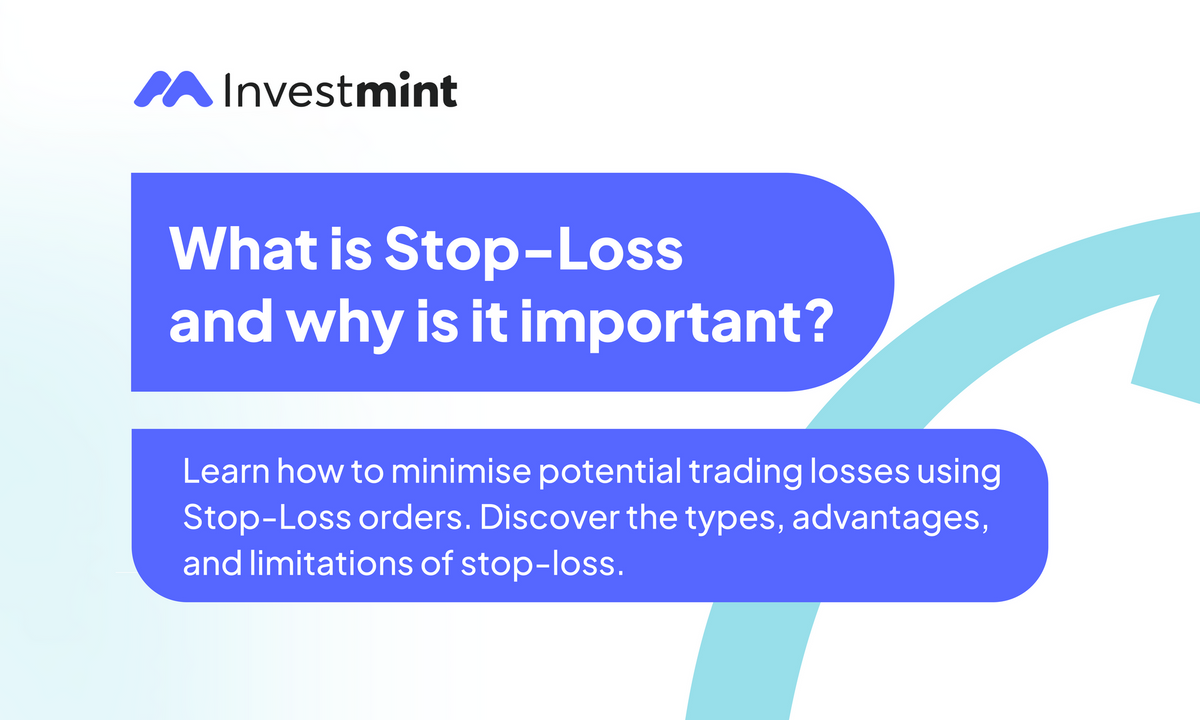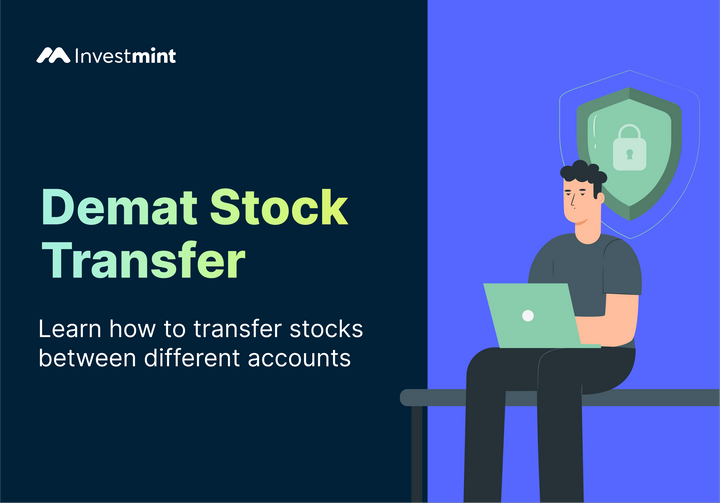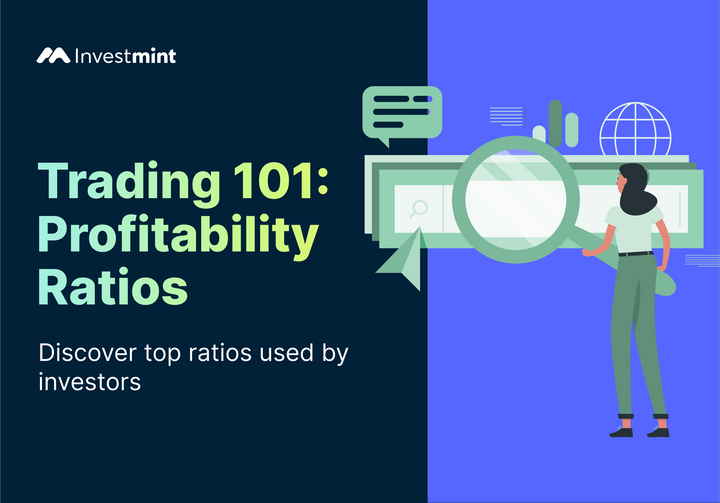What Is Stop-Loss and Why Is it Important?
Learn how to minimise potential trading losses using Stop-Loss orders. Discover the types, advantages, and limitations of stop-loss.

Stop-Loss is an essential tool used by traders to minimize their potential losses. There are two types of orders you can place with Stop-Loss:
1. Stop-Loss Order
2. Stop-Loss Limit order
Stop-Loss refers to an order that an investor places to automatically sell a stock at a predetermined price point, to limit their losses.
In other words, it is a risk management tool that helps traders minimise potential losses by automatically triggering the sale of the stock when its price falls below a certain level.
Here we give you a detailed explanation of Stop-Loss, its types, advantages, and limitations.
What Is Stop-Loss?
Stop-Loss is a trading tool that allows you to program the sell order of a stock you are holding. The purpose of the tool is to automatically sell the stock at a chosen price when the stock price is falling.
Let’s understand this with an example:
Suppose you hold 10 stocks of ITC, which you bought at ₹220. Now, the stock is trading at ₹380, giving you the potential to earn a profit of ₹160 per stock.
However, you are uncertain about the future of the stock and are hoping that the stock will continue to rise, giving you more profit. But you are also afraid of losing the profit you might get now if you sell your shares at the current price of ₹380.
In this scenario, you could use the tool of Stop-Loss. It allows you to program a Stop-Loss point (e.g., ₹370) with your broker. When the stock price falls to the stop-loss point, the order is executed, and the security is sold.
The stop-loss order can be set at any price level and is usually set below the current market price. Whenever the stock price is equal to or lower than ₹370, the sell order of the stocks will get executed, earning you a profit of ₹150 per stock (assuming the stock got sold at ₹370).
Why won't the stock get sold at ₹370 you ask? Learn below.
What Is the Difference Between Stop-Loss Market Order and Stop-Loss Limit Order?
There are two types of orders which you can place while placing a stop-loss order:
Stop-Loss Market Order
It will get executed at any rate below or equal to the stop-loss level point at the current market price of the stock.
As mentioned above, when a user places a Stop-Loss order, the sell order will automatically get executed when the price of the stock falls below the Stop-Loss level point.
In our example, if the value of ITC directly drops to ₹368, the sell order will get executed at ₹368 and not at your stop-loss level point of ₹370. Thus it will ensure a profit of ₹148 then.
Stop-Loss Limit Order
It will only get executed when the current trading rate is equal to the stop-loss point. More on them is explained below.
However, with a stop-loss limit order, the sell order will only get executed when the stock's market price is equal to the stop-loss level point of ₹370.
In the case of an immediate drop to a lower value of ₹368, the sell order will not get executed, and you will still hold the stock.
If the price recovers and reaches the value of ₹370 again, the stock will get sold by you then. However, if the price never recovers, and the stock continues to decline, you will end up holding that stock, unless you create another favorable stop-loss position.
Advantages of Stop-Loss
• The primary advantage of Stop-Loss is that it helps you manage risks in the market. It allows them to limit losses by selling a security before the price falls too low.
This helps you to preserve your capital and avoid the negative impact of a market downturn. Stop-Loss not only limits the losses faced but also can ensure certain profits as mentioned in the above example.
• Stop-Loss also provides peace of mind as it helps them avoid emotional decision-making. When you set a stop-loss order, they can step away from their screens and let the market take its course. This can help to reduce stress and anxiety associated with investing.
Limitations of Stop-Loss:
While Stop-Loss is a valuable tool for managing risk, it does have its limitations. The most significant limitation is that it can result in missed opportunities.
• Stop-Loss orders are executed automatically, and this means that if the price of a security falls to the stop-loss point and rises again, the investor may miss out on a potential recovery due to the automatic execution of the order.
Therefore, it is necessary to choose the Stop-Loss point considering the volatility of the stock, especially in the case of highly volatile stocks. This can result in lost profits, and it can be frustrating for you who is trying to maximize your returns.
• Additionally, if a stock moves significantly between trading sessions due to news or other updates, the Stop-Loss order may be triggered at a much lower price than intended, resulting in a larger loss than expected. In such scenarios, it would have been better to go with Stop-Loss Limit Order.
Summary
Stop-Loss is a valuable tool for managing risk in the market. It allows you to limit their losses by automatically selling a stock when its price falls to a certain level. The primary advantage of Stop-Loss is that it helps you to manage your risks and avoid emotional decision making.
However, it does have its limitations, including missed opportunities, market gaps, slippage, and liquidity issues. As with any investment strategy, it is important for you to understand the risks and limitations associated with Stop-Loss and to use it wisely in their trading activities.
Investmint app brings you the latest stock market updates. Ensure you capture today's opportunities by tapping below.



